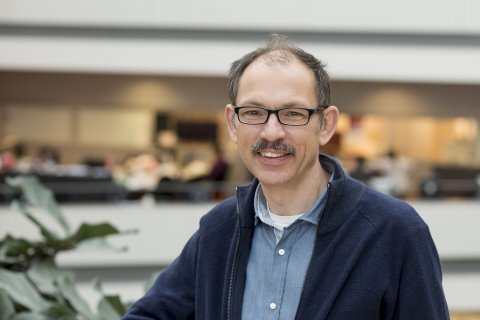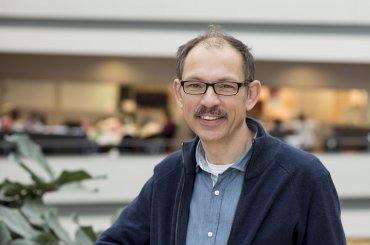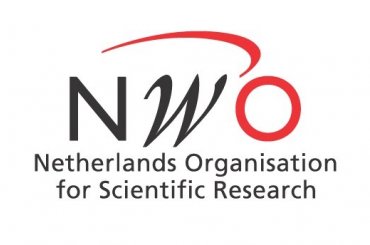Research on active substances in breast milk can begin
Publication in PNAS
Hundreds of unique sugars make the difference between cow’s milk and human breast milk. Some of these sugars are already known to contribute to the baby’s immune system, but until recently, more detailed research into individual ones was impossible as the sugars could not easily be obtained in pure form. Researchers at Utrecht University and the University of Georgia have now developed a method to do just that. The publication about their findings were published in the scientific journal PNAS last week.

In the article, the researchers describe their proof of principle for the synthesis of almost all complex sugars found in human breast milk. “The current collection of approximately 100 synthetic sugars makes it now possible to start examining the influence of each individual one on the baby’s health. In the future, it may even be possible to enrich baby formula with some of these sugars, resulting in substantial health benefits”, research leader Prof. Geert-Jan Boons explains.
Healthy start
Approximately 10 percent of human breast milk consists of 500 or more complex sugars that do not occur in cow milk. These sugars are chemically related to sugar that we use as a sweetener, but they have much larger and more complex structures. These complex sugars contribute to the baby’s health and for example, scientists know that some can prevent viral and bacterial infections, while others stimulate healthy gut flora.
Tools needed
The outer membranes of our body’s cells are also covered by complex sugars, but research in this area, which is termed glycoscience, is still in its infancy. “In fact, we’re just starting to discover how important complex sugars are”, Boons adds. “So we need tools to detect, analyse and produce them.”
10 building blocks
Until now, it had been extremely difficult to isolate individual complex sugars from breast milk, so synthesising them seemed to be the best solution. To do so, the researchers examined the biosynthesis of the complex sugars, and they discovered that almost all sugars can be made from a combination of a set of 10 building blocks, similar to the way that the 20 amino acids are the building blocks for all proteins.
10 building blocks and 10 enzymes
The sugars that result from these combinations are also dependent on enzymes - biological catalysts - which control their construction. There are many complex sugar synthesizing enzymes, each with its own role. What the researchers have now shown is that most of the complex sugars in human breast milk can be produced in the lab with a combination of the 10 building blocks and a set of 10 enzymes, using them in the correct order.
Contribution to health
“We spent five years uncovering the synthetic route for the first 100 complex sugars, but now we can make many others to study their contribution to human health. We expect that this research will not only lead to better infant nutrition, but also to new therapeutics for a variety of diseases”, Boons said.
This research was funded in part by the National Institutes of Health
Publication
‘Synthesis of asymmetrical multiantennary human milk oligosaccharides’
Anthony R. Prudden, Lin Liu, Chantelle J. Capicciotti, Margreet A. Wolfert*, Shuo Wang, Zhongwei Gao, Lu Meng, Kelley W. Moremen and Geert-Jan Boons*
* affiliated with Utrecht University
PNAS, 27 June 2017, doi 10.1073
Background information
- Website of the Boons group at the University of Georgia and Utrecht University.
- Press release about the appointment of Geert-Jan Boons
- Arthur C. Cope Scholar Award for Geert-Jan Boons
Science for Life
This research is an example of Science for Life, one of the four themes within Utrecht University’s interdisciplinary research programme Life Sciences.
Contact
Monica van der Garde, Press Spokesperson, Faculty of Science, m.vandergarde@uu.nl, 06 13 66 14 38.
Related news

Geert-Jan Boons wants to turn biological problems into technological innovations
After 25 successful years in England and the United States, Prof. Geert-Jan Boons has chosen Utrecht University as the place where he will realise his next ambition. Last month, he and several members of his research group moved from the University of Georgia (USA) to the David de Wied building at the Uithof.

Utrecht chemists receive subsidy for public-private partnerships
Three chemists from Utrecht have received funding for collaborations with private partners from the NWO Chemistry Innovation Fund.

